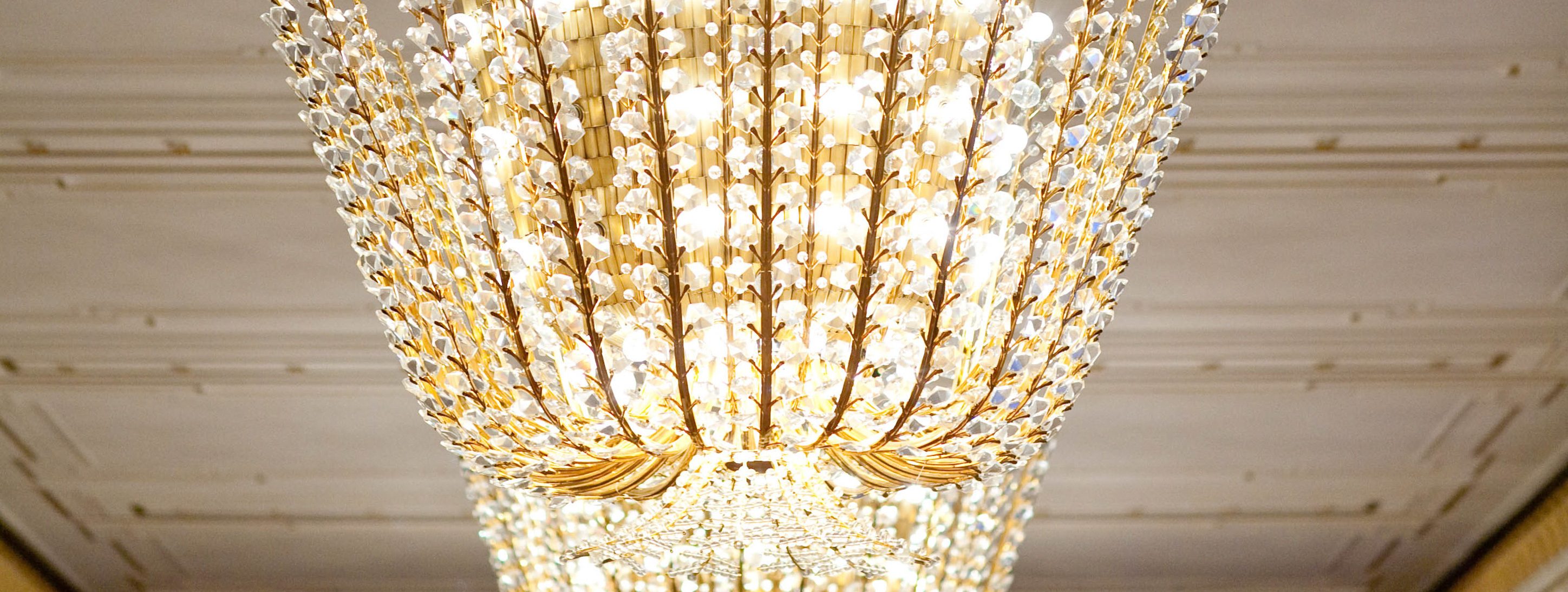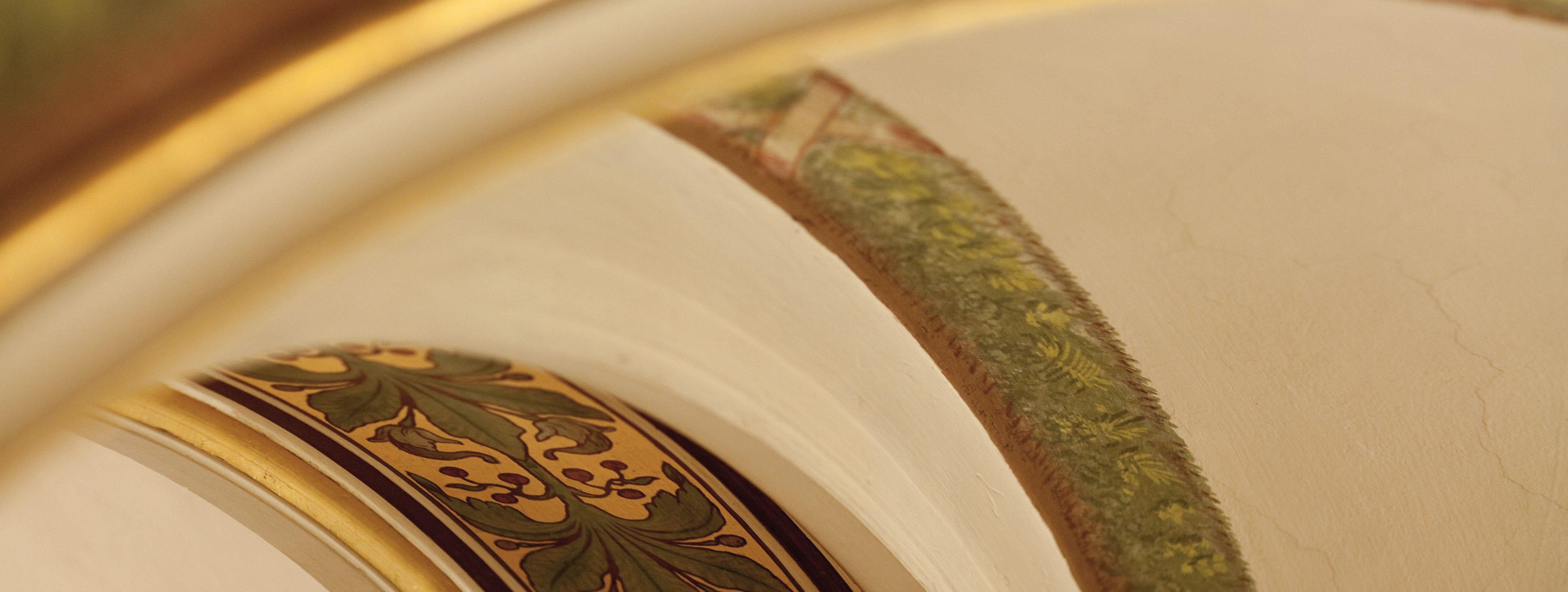About the Production
“In fact, her beauty was not so much human as divine, not that of a Nereid or mountain nymph, either, but of Aphrodite herself. Reports of this incredible vision spread far and wide: suitors came pouring into Syracuse, (…)”.
These are the opening words used by Chariton of Aphrodisias, who describes himself as “clerk of the lawyer Athenagoras”, in his prose romance of Callirhoe and Chaereas, whose joyous wedding is followed by all manner of conflicts, disasters, abductions and dangers before they are finally reunited.
The oldest surviving complete novel Callirhoe, which was probably written in the 1st century AD, tells of the “jealousy of mortals and the whims of the gods” and describes such great emotions as love, envy, loss and forgiveness. Star choreographer Alexei Ratmansky, who has long been fascinated by ancient art and culture, turned it into a story ballet which had its world premiere in 2020 with the American Ballet Theatre: a work that offers a contemporary choreographic portrait of an ancient world. The European premiere of Callirhoe with the Vienna State Ballet – to the splendid and poetic music of Aram Khatchaturian – promises both epic drama and exceptional dancing.
“It’s about a great love – and adventures. A first love, which then returns as mature emotion, cemented by the experience of horrible misfortunes.”
Alexei Ratmansky
Kallirhoe
Storyline
In 400 BCE in the Greek city of Syracuse, a chorus of women celebrate Aphrodite, the goddess of love. They are joined by Callirhoe, a woman who is so beautiful that everyone compares her to Aphrodite. A group of young athletes, led by Chaereas and his friend Polycharmus, then arrive. Callirhoe and Chaereas lock eyes and instantly fall in love.
Callirhoe’s envious suitors bring in her father Hermocrates and Chaereas’s father Ariston, bitter enemies, in the hopes that they will break up the young lovers. However, the fathers are convinced to put aside their feud and allow their children to marry. Callirhoe and Chaereas exchange bracelets as a sign of their devotion, and wedding celebrations ensue.
Undeterred, the suitors devise a new scheme. One secretly gives Callirhoe’s maid a bracelet identical to the wedding bracelets, which they use to trick Chaereas into thinking Callirhoe is unfaithful. In a jealous rage he rushes to confront her. Although she pleads her innocence, he does not listen. She collapses in frustration and appears lifeless. Her remorseful maid reveals the plot to Chaereas and he despairs, as he believes he killed Callirhoe.
The mourning citizens bury Callirhoe. After everyone leaves, she awakens and is horrified to find herself buried alive. The pirate Theron and his crew come to loot the tomb, and they abduct her along with the treasure.
In grief, Chaereas returns to Callirhoe’s resting place with Polycharmus and is shocked to find the tomb entirely empty. They realize she must be alive and hasten off to find her.
Across the sea in Miletus, the nobleman Dionysius laments his wife’s death. The pirates arrive and sell Callirhoe to Dionysius. As soon as he sees her, he forgets his sorrow and falls madly in love. Meanwhile, his servant Plangon suspects that Callirhoe is pregnant. Callirhoe explains that it is Chaereas’s child. Plangon advises her to marry Dionysius to protect herself and her baby, and Callirhoe reluctantly agrees to her proposal. As the wedding begins, Chaereas arrives. Plangon sees his bracelet and deduces that he is Callirhoe’s husband. Loyal to Dionysius and seeking to preserve his newfound happiness, she has Chaereas and Polycharmus arrested.
Now captives, Chaereas and Polycharmus are carted off to the palace of the powerful Mithridates. Mithridates sees Chaereas’s fine bracelet and asks him who he is. As Chaereas narrates his past, it unfolds before him in a vision. Mithridates wants Callirhoe for himself and orders his guards to find her. When she arrives, Dionysius and Mithridates fight over her. However, they are stopped and reminded that, by law, all disputes between noblemen must be settled by the King of Babylon.
In Babylon, Dionysius and Mithridates present their case to the King. Dionysius states that Mithridates tried to seduce his wife, but Mithridates argues that Callirhoe is not Dionysius’s wife because she was already married to Chaereas. Callirhoe and Chaereas are summoned and their bracelets prove that they are married. Although they want to reunite, they are stopped by the King, who now also lusts after Callirhoe. Refusing to listen to everyone’s protests, he forces her to dance with him.
Suddenly, the palace is thrown into chaos when Egypt declares war on Babylon. The King whisks his court to safety, taking Callirhoe with him and appointing Dionysius general of his army. A vengeful Chaereas enlists in the Egyptian army. In battle, the Egyptian General is wounded, and Chaereas’s resolve to fight for his love is doubled. He leads the Egyptian forces to victory.
After their harrowing ordeal, Callirhoe and Chaereas are reunited. A remorseful Chaereas begs her for forgiveness, and she is torn. Although she is grateful for Dionysius’s kindness, she realizes that she has only ever loved Chaereas.
She chooses to forgive.
Dionysius accepts her decision and, as a gesture of his love, has Plangon bring Callirhoe her son. The mistakes of the past are understood with compassion. Callirhoe, Chaereas, and their son start the journey home.
“This ballet isn't archaeology. It’s for the stage, and everything is shaped by the Khachaturian music, which has an ancient feel,” says choreographer Alexei Ratmansky about his story ballet Callirhoe, which he has choreographed to various musics by the Russian composer. These were arranged by the British composer and pianist Philip Feeney. He used Khachaturian's ballet music Gayaneh as a basis, which he expanded with interpolations from other works.



